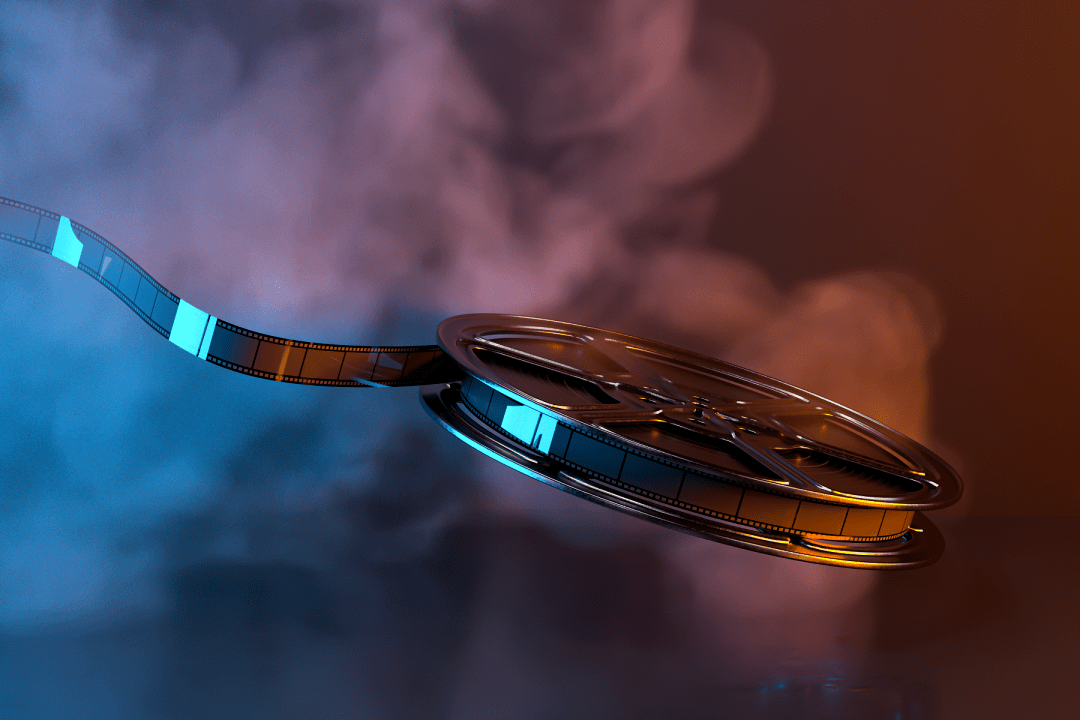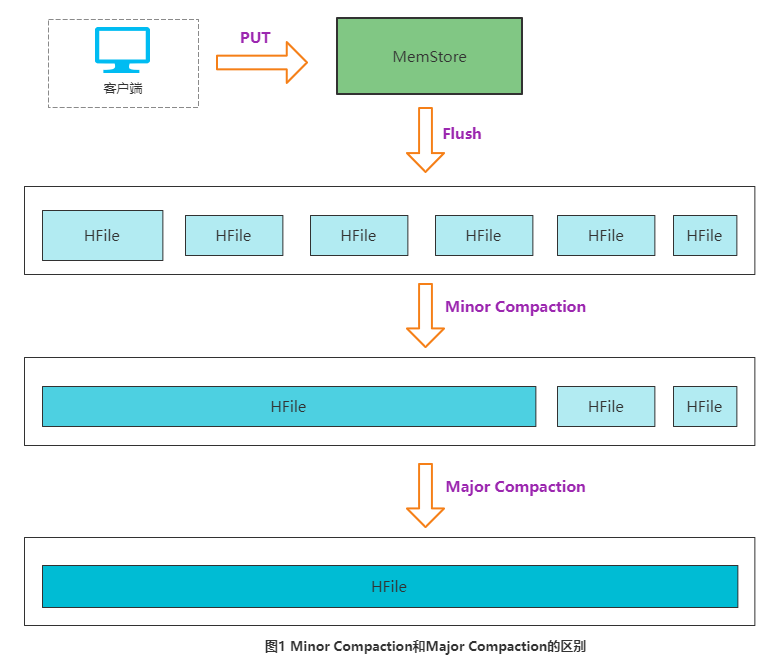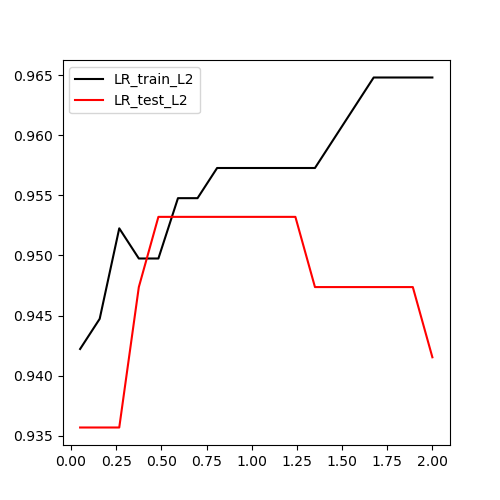上下两个盒子边距合并问题
<style>
* {
margin: 0px;
padding: 0px;
}
div {
width: 100px;
height: 100px;
}
.top {
background-color: red;
margin-bottom: 20px;
}
.bottom {
background-color: blue;
margin-top: 10px;
}
</style>
<div class="top"></div>
<div class="bottom"></div>
效果如下
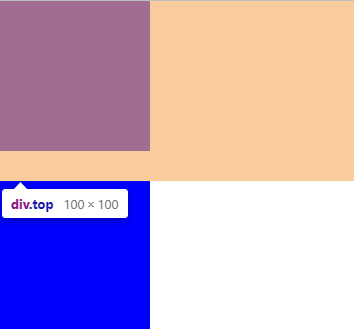
可以看到下面蓝色的外边距被上面的取代了,不是我们想象的那样 20+10 而是 20
结论:上下两个兄弟盒子的margin都为正取大,都为负取小,一正一负相加
注意:只有普通文档流中块框的垂直外边距才会发生外边距合并。
父子边距问题
<style>
.father {
width: 200px;
height: 200px;
background-color: red;
/* overflow: auto; */
}
/* .father::before {
display: table;
content: "";
} */
.son {
width: 50px;
height: 50px;
background-color: blue;
margin-top: 10px;
}
</style>
<div class="father">
<div class="son"></div>
</div>
效果如下
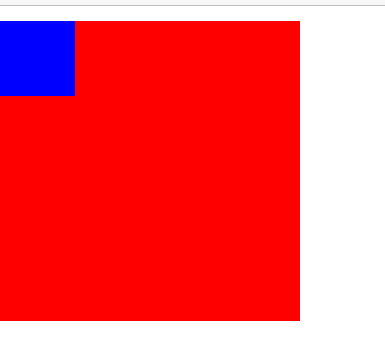
我们想象的结果是son这个盒子距离父盒子father顶部10px,但实际效果却father距离顶部10px。
这是因为父盒子没有设置外边距,边框,内边距 。当父盒子设置了这三者之一,都不会出现这样的效果
如果不想设置外边距,边框,内边距 又想到达同样的效果,可以这样做:
父元素{
overflow:auto;
}
/*或者*/
父元素::before{
display: table;
content: "";
}
改正后:
<style>
.father {
width: 200px;
height: 200px;
background-color: red;
overflow: auto;
}
/* .father::before {
display: table;
content: "";
} */
.son {
width: 50px;
height: 50px;
background-color: blue;
margin-top: 10px;
}
</style>
<div class="father">
<div class="son"></div>
</div>
效果如下
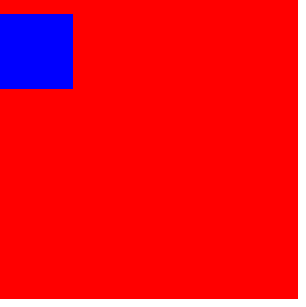
注意:只有普通文档流中块框的垂直外边距才会发生外边距合并。








